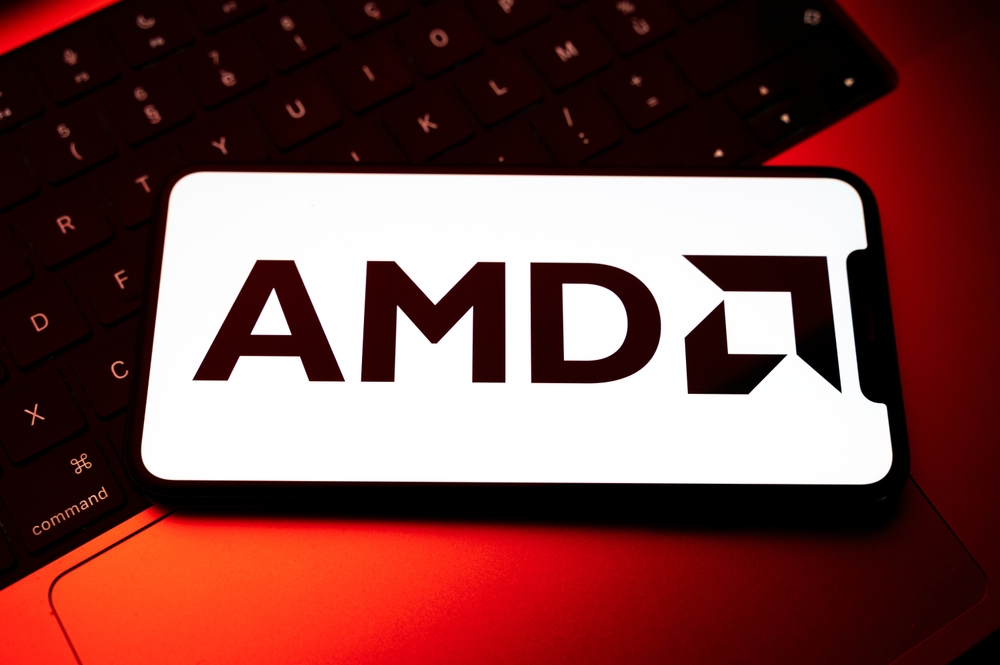AMD has unveiled an ambitious growth plan, forecasting that its profit will more than triple by 2030.
Others are reading now
AMD has unveiled an ambitious growth plan, forecasting that its profit will more than triple by 2030 and that the market for data center chips could swell to $1 trillion, driven by the global surge in artificial intelligence infrastructure.
Betting big on AI
At its first analyst day in three years, held in New York on Tuesday, AMD projected that annual revenue from its data center chip division will reach $100 billion within the next five years. CEO Lisa Su described AI as the single biggest catalyst for this expansion, saying the company is now “very, very well positioned” to capture a large share of this rapidly evolving market.
“It’s an exciting market,” Su said. “There’s no question, data center is the largest growth opportunity out there.”
The company’s bullish outlook helped lift its stock 4% in after-hours trading, following a 2.7% drop earlier in the day. AMD’s shares have risen roughly 16% since October 6, when it signed a multiyear deal with OpenAI expected to generate tens of billions of dollars in annual revenue.
Chasing Nvidia’s lead
While Nvidia remains the dominant force in AI chips, analysts view AMD’s recent gains — and its deepening ties with OpenAI — as a sign that the competition in the AI hardware market is broadening.
Also read
AMD’s Chief Financial Officer Jean Hu said the company expects total revenue to grow by 35% annually over the next three to five years, while its data center business could expand by 60% each year during the same period. Earnings are forecast to reach $20 per share within that timeframe, a dramatic increase from the $2.68 per share projected for 2025 by LSEG estimates.
Nvidia’s CEO Jensen Huang has estimated the broader AI infrastructure market could reach between $3 trillion and $4 trillion by the end of the decade, underscoring the scale of the opportunity AMD is now pursuing.
Building for the next phase
AMD plans to release its next-generation MI400 series of AI chips in 2026, alongside a new server rack system modeled after Nvidia’s GB200 NVL72. These products will cater to generative AI and scientific computing, two of the fastest-growing segments in high-performance computing.
Su also highlighted AMD’s acquisition strategy as a cornerstone of its AI expansion. The company has purchased several software and hardware firms in recent months, including MK1 and the server manufacturer ZT Systems, to strengthen its AI ecosystem and ensure access to critical talent.
“We’ve built an M&A machine,” Su said, adding that AMD will continue to pursue smaller “AI software tuck-ins” to accelerate development.
Looking ahead
Also read
AMD’s aggressive push into AI chips comes at a time when cloud providers and major enterprises are racing to upgrade data centers to handle larger and more complex AI workloads. The company’s upbeat projections suggest it believes demand for compute power will remain strong despite growing concerns of overinvestment in the sector.
Soft demand in the PC market has weighed on AMD in recent quarters, but the rebound in data center spending — especially from AI-driven customers — has given the company reason for renewed optimism heading into 2026.
Sources: Reuters; CNBC; Bloomberg; Financial Times; company statements; AMD Analyst Day webcast; LSEG market data
This article is made and published by Asger Risom, who may have used AI in the preparation


